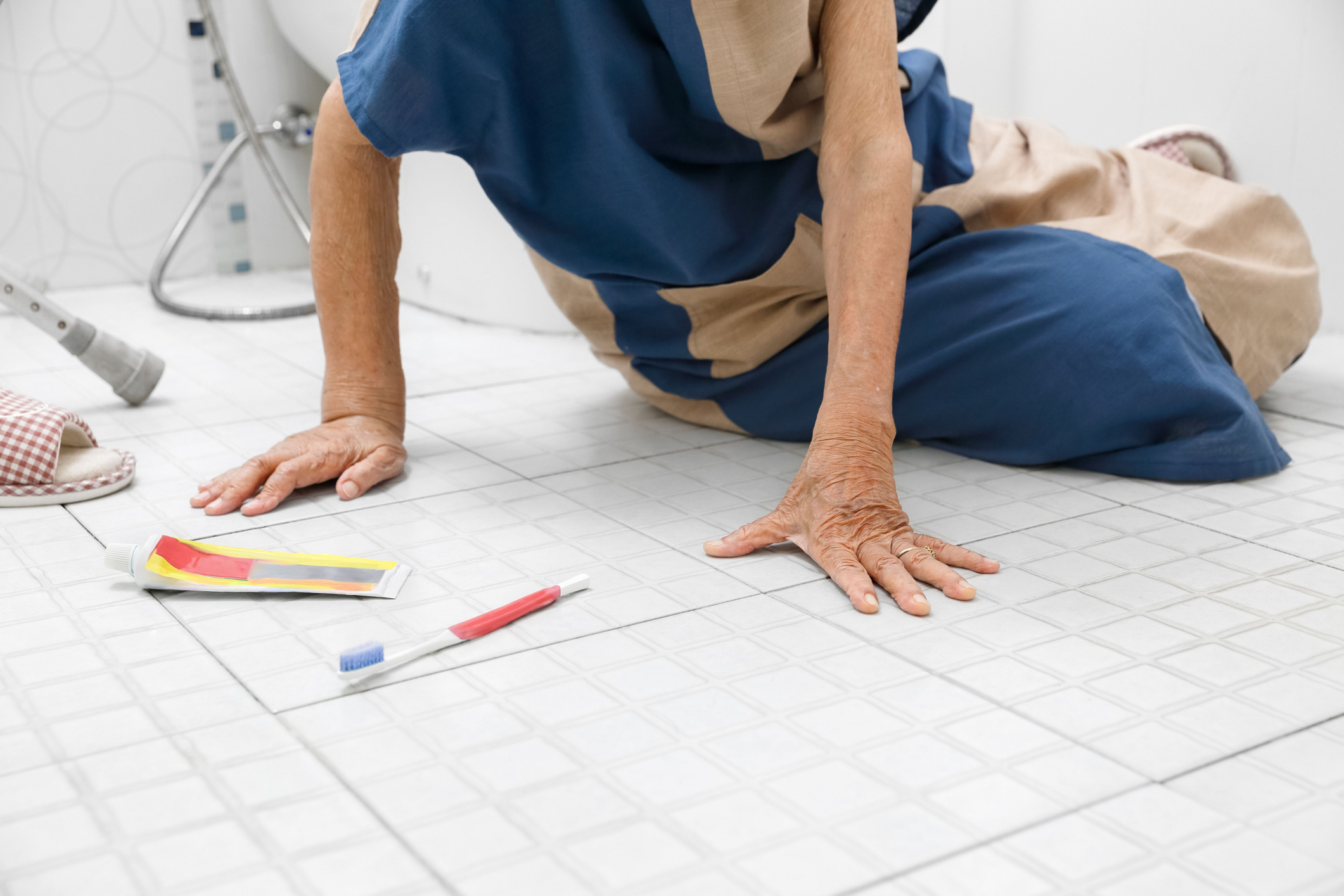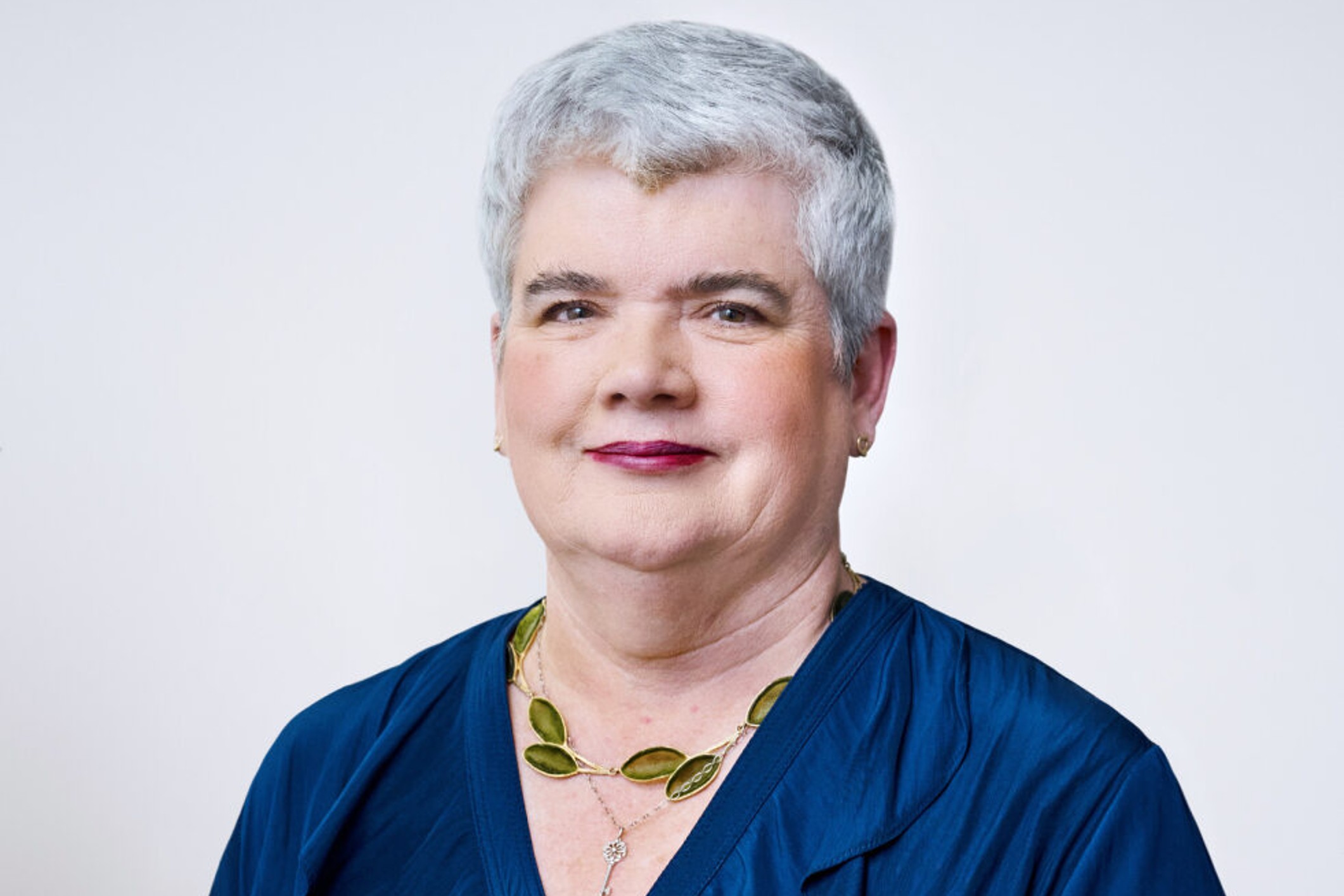
Key points:
Today, the Australian Commission on Safety and Quality in Health Care is launching the updated national clinical care standard for hip fracture at the binational Hip Fest 2023 conference hosted by the Australian & New Zealand Hip Fracture Registry (ANZHFR), which will see the recommended maximum time to surgery reduced.
The updated Hip Fracture Clinical Care Standard (2023) has reduced the maximum time to surgery from 48 hours to 36 hours in line with international guidelines, prompting Australian hospitals to change established protocols to meet the new targets and improve care overall.
For the first time, this explicitly includes patients who need to be transferred to a hospital that can perform the surgery.
Co-chair of the expert advisory group for the standard and of the ANZHFR, Geriatrician Professor Jacqueline Close, knows first-hand the value of high-quality care for hip fractures and said Australia “can and should do better.”
“The adage ‘don’t let the sun set twice before hip fracture repair’ has merit for several reasons. Firstly, no one wants to see their mum or dad fasting and in pain waiting for surgery; and shorter time to surgery is associated with fewer complications, better recovery and survival,” she explained.
The Commission’s Acting Chief Medical Officer, emergency physician Associate Professor Carolyn Hullick, said there was an urgent need for health services to offer better care for older people with hip fractures.

“Older people can have complex needs, and research shows the best results come when specialists from both orthopaedic surgery and geriatric medicine work together on a patient’s care – known as an orthogeriatric model of care,” she said.
“This means that as well as repairing the bone, we are managing the person’s other medical conditions, their cognitive function, their mobility and reducing the risk of more falls and fractures. This has been a focus since the standard was first introduced, with many hospitals now having orthogeriatric teams.”
Much has improved since the Hip Fracture Clinical Care Standard was introduced in 2016, according to ANZHFR annual reports.
In 2022, the average time to surgery ranged from 16 to 92 hours, with the longest waiting times for people being transferred for surgery. 78% of patients had surgery within 48 hours.